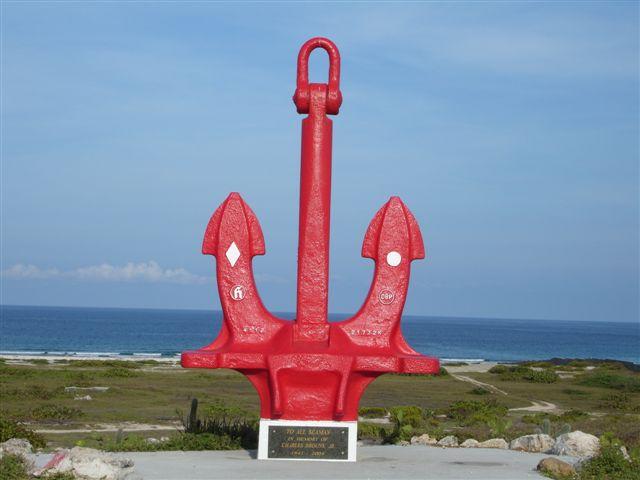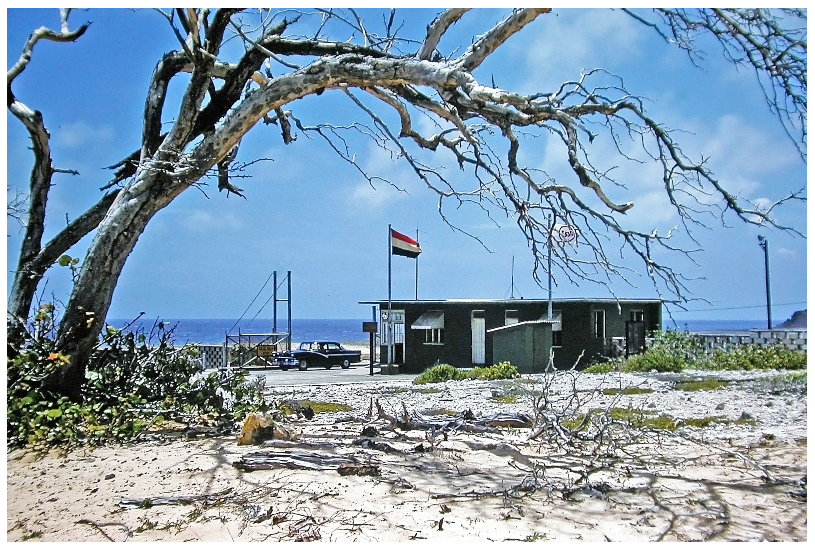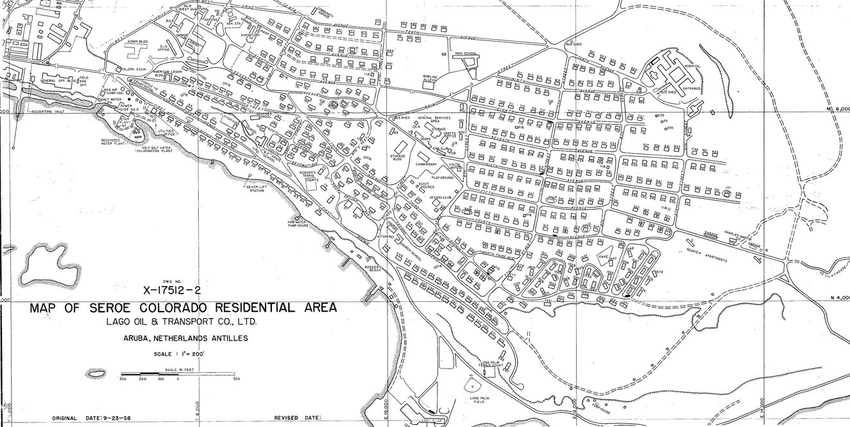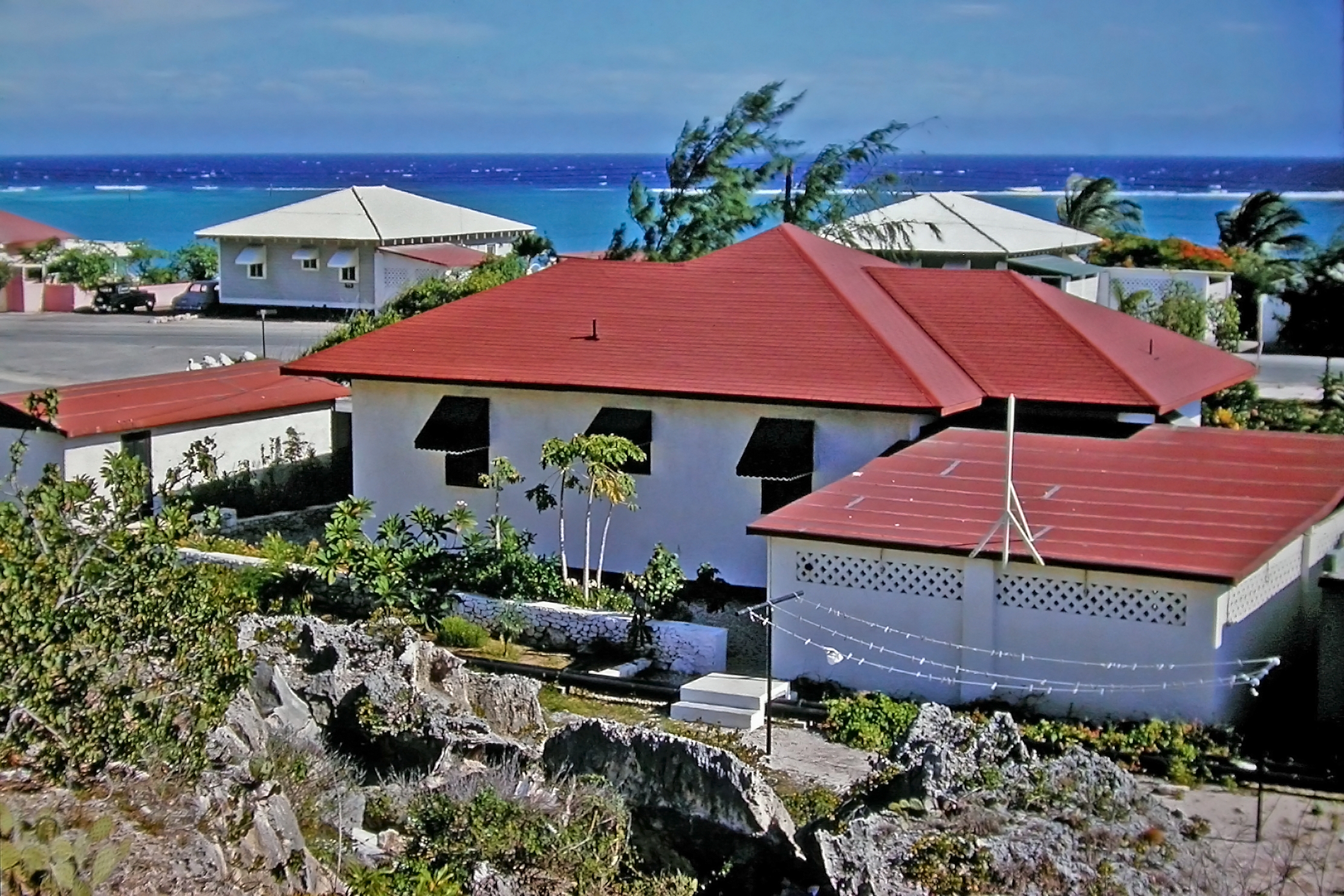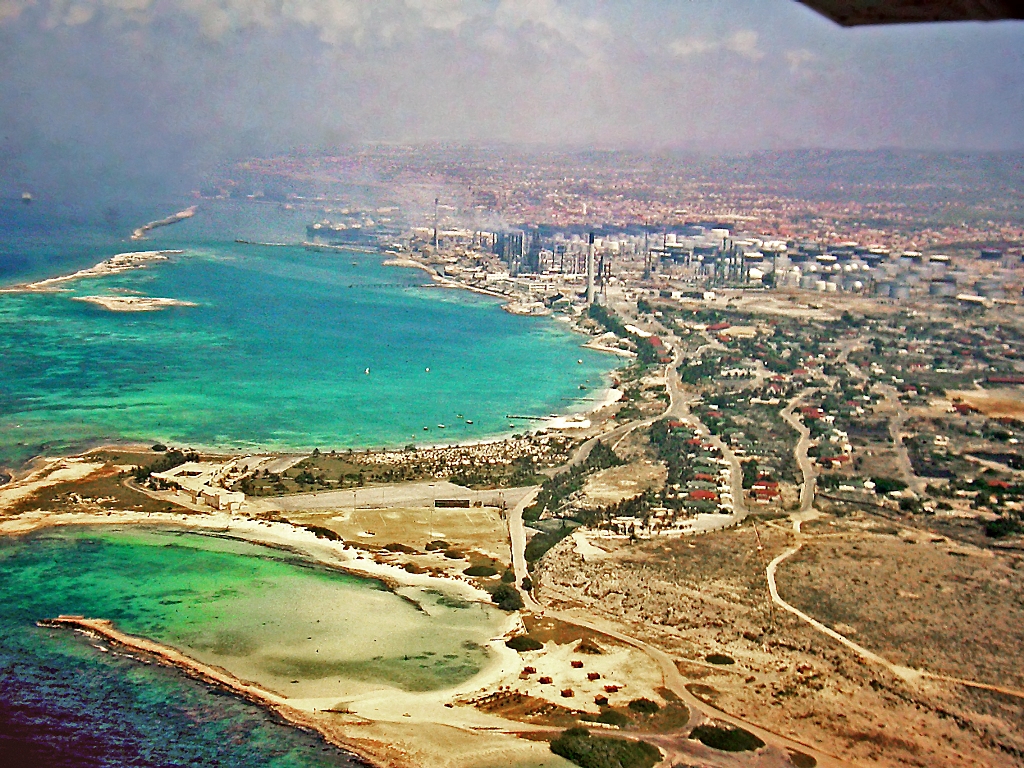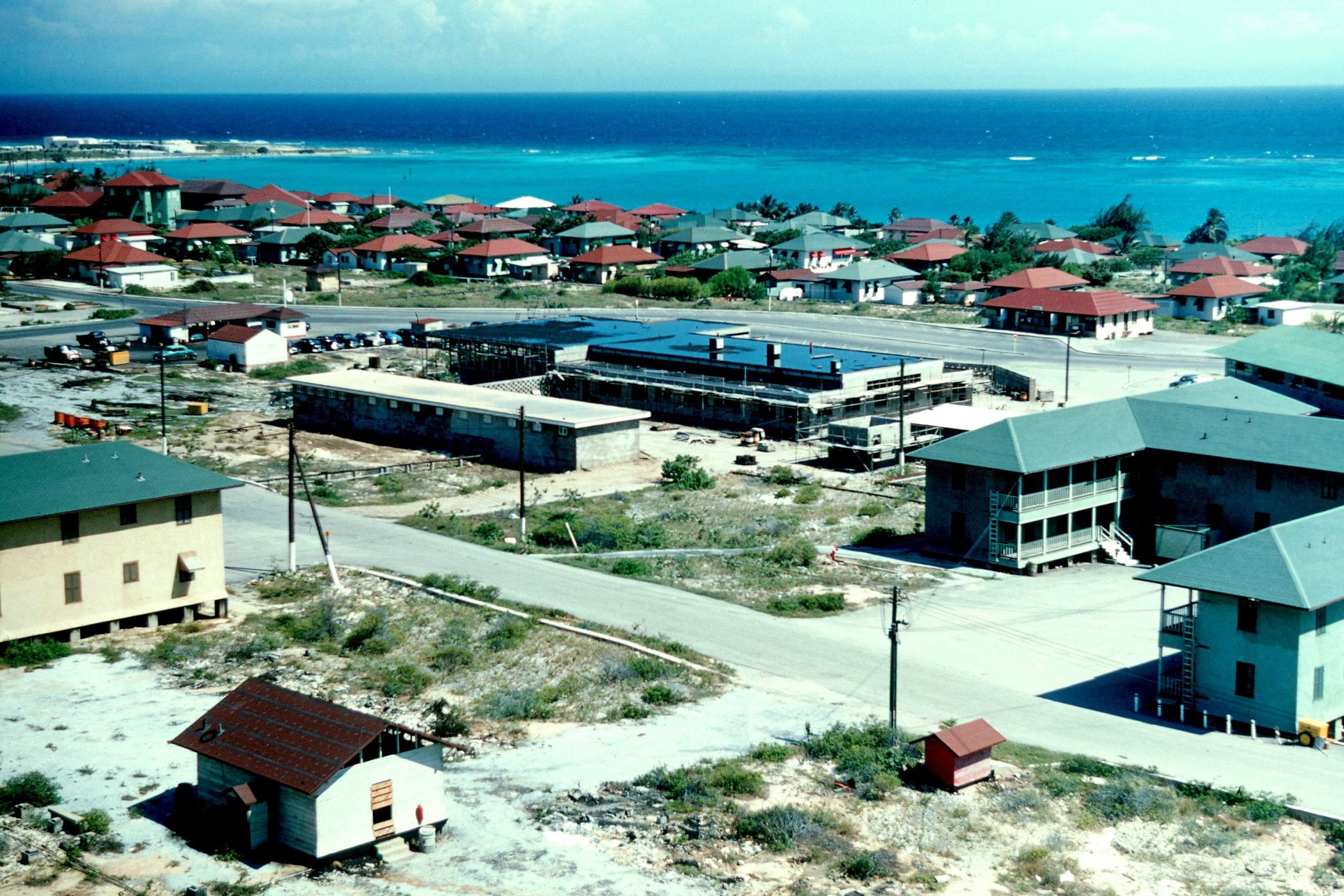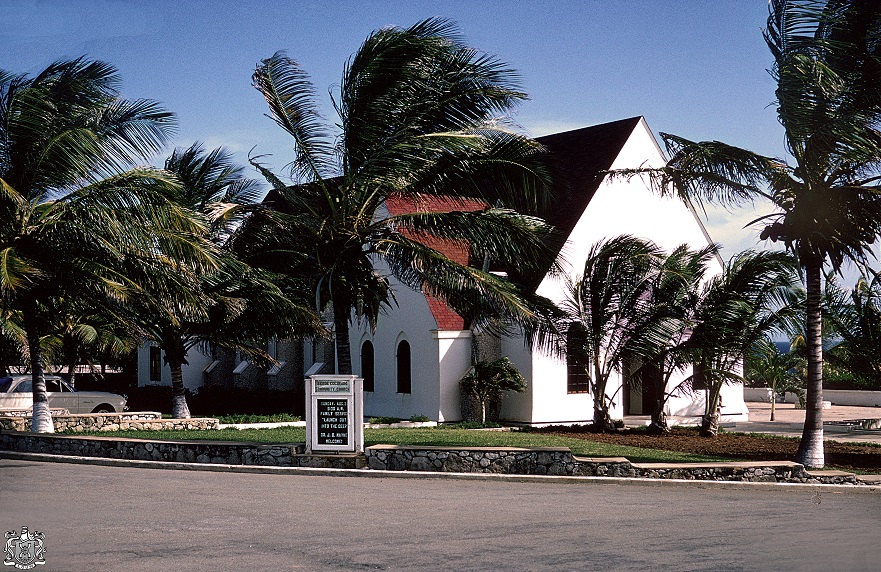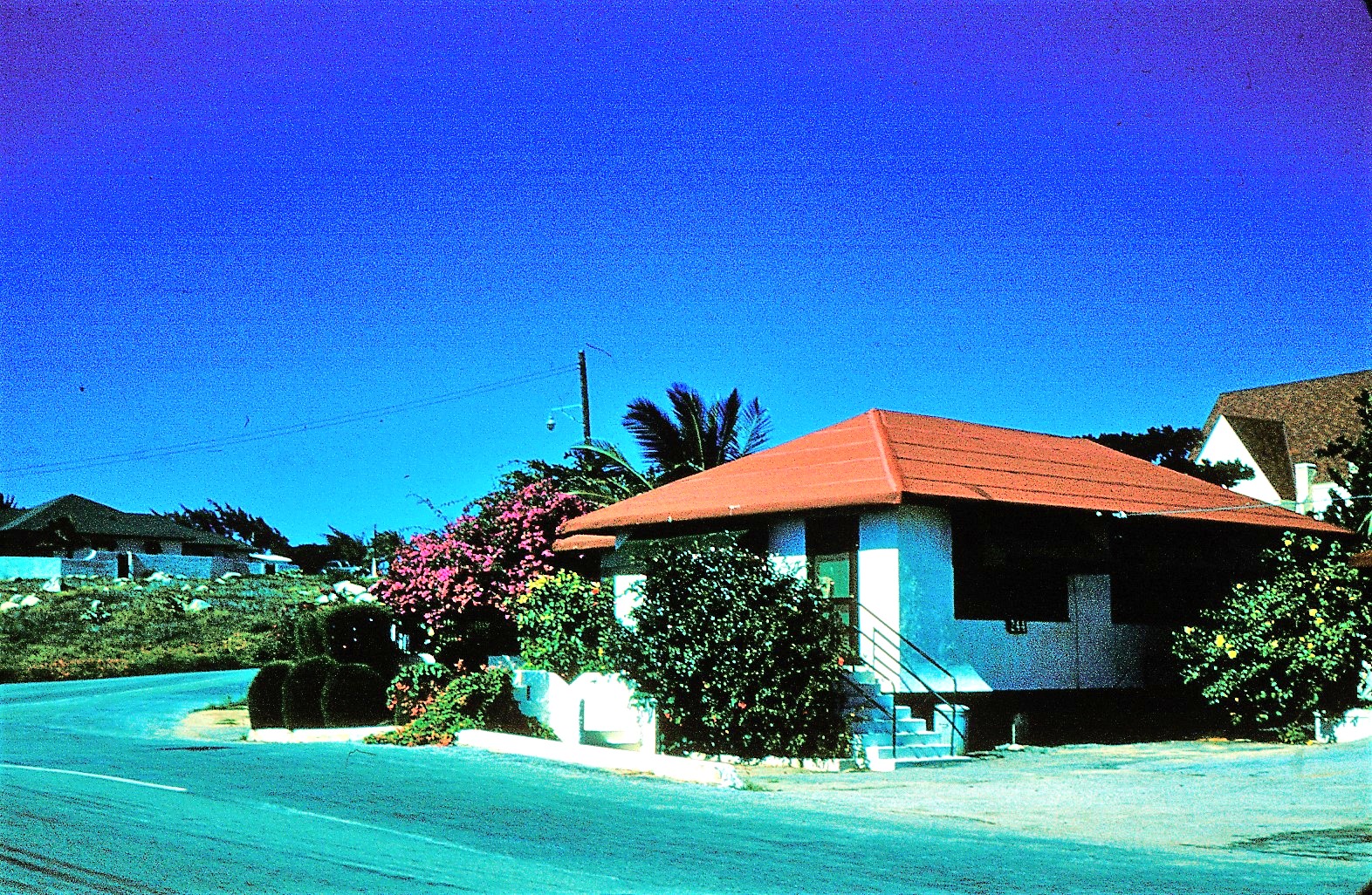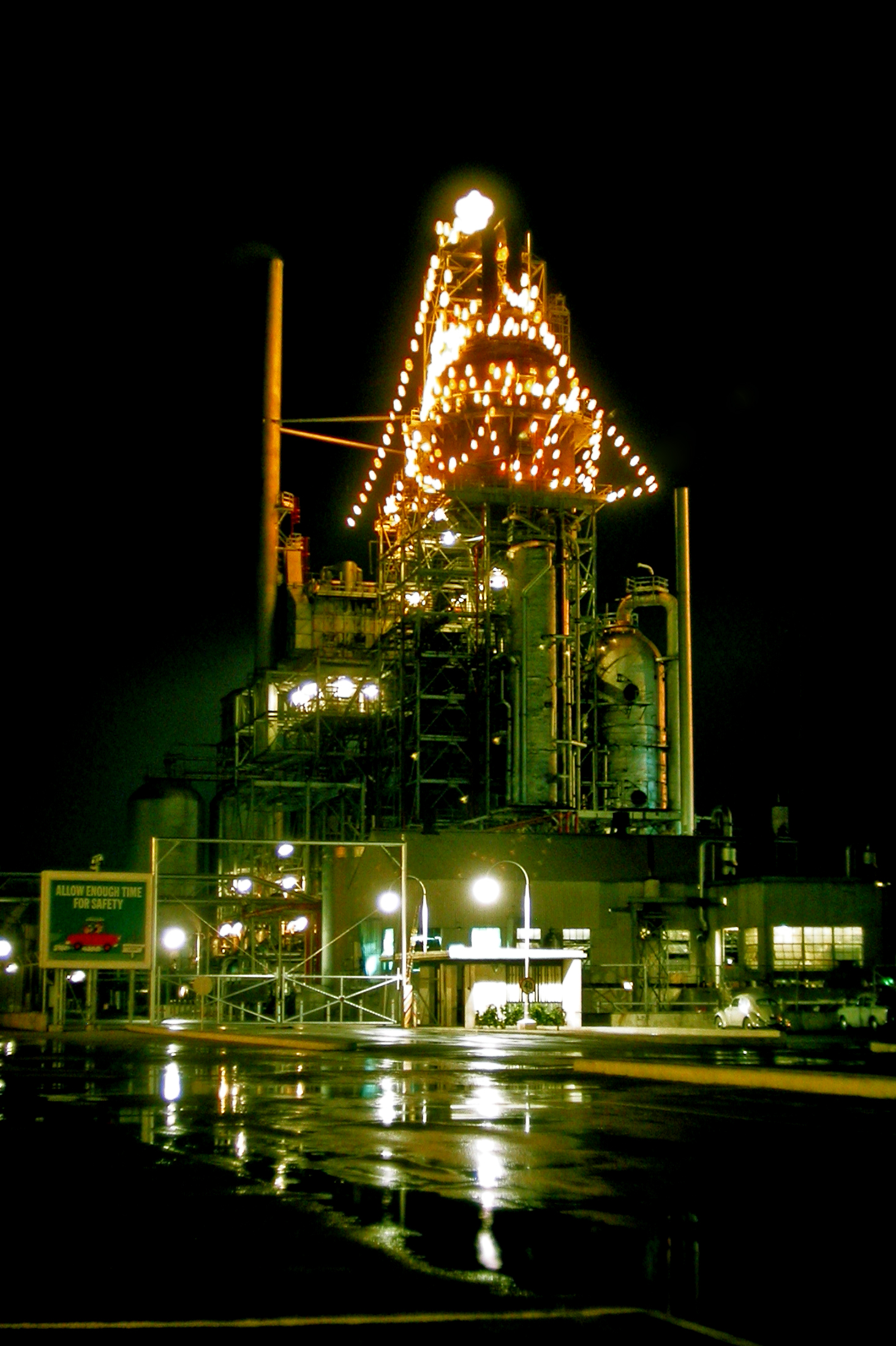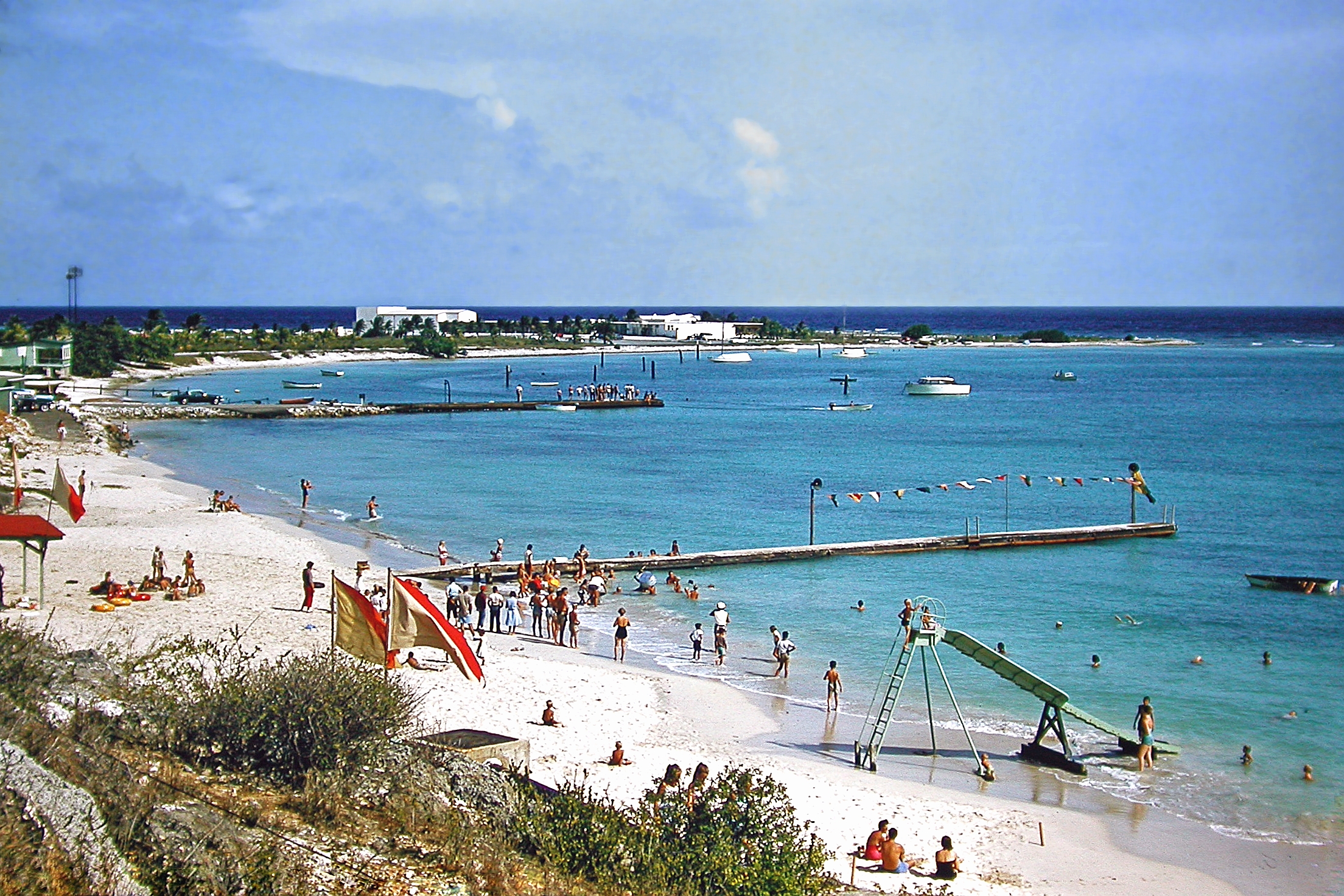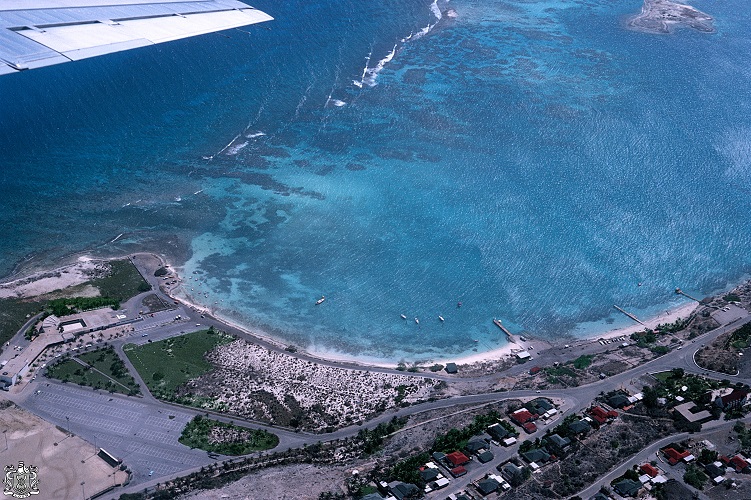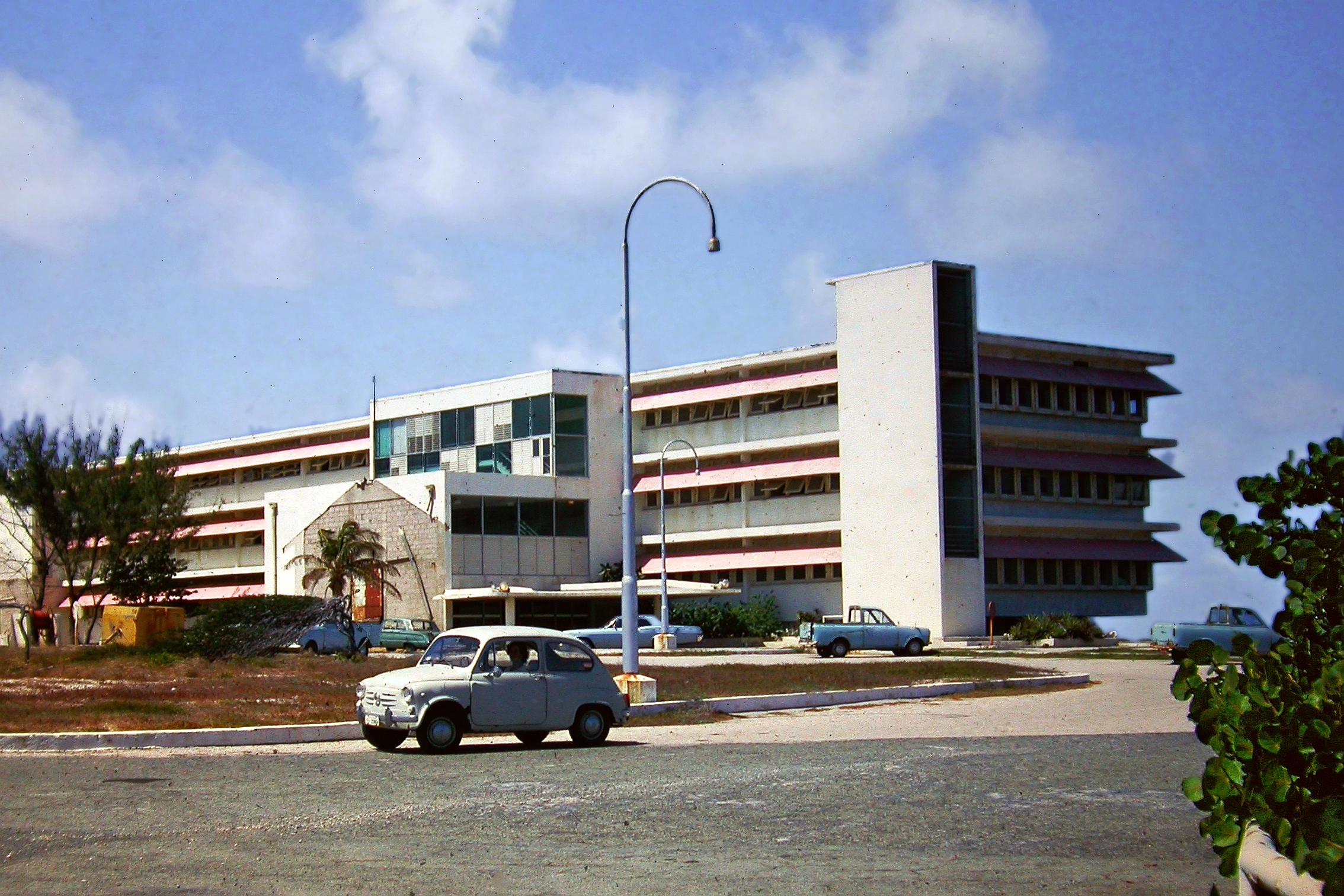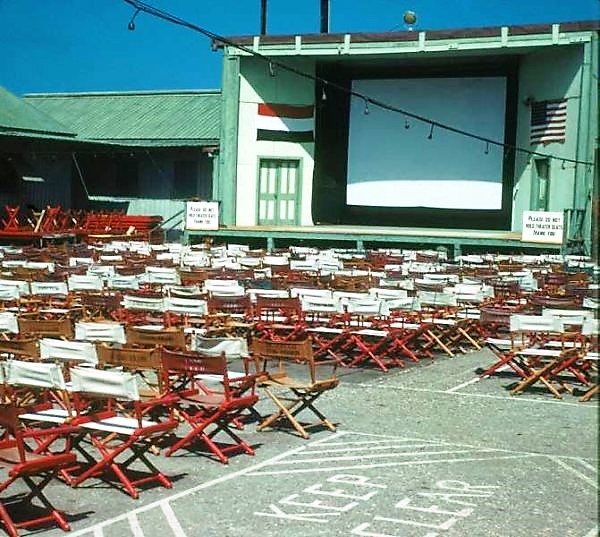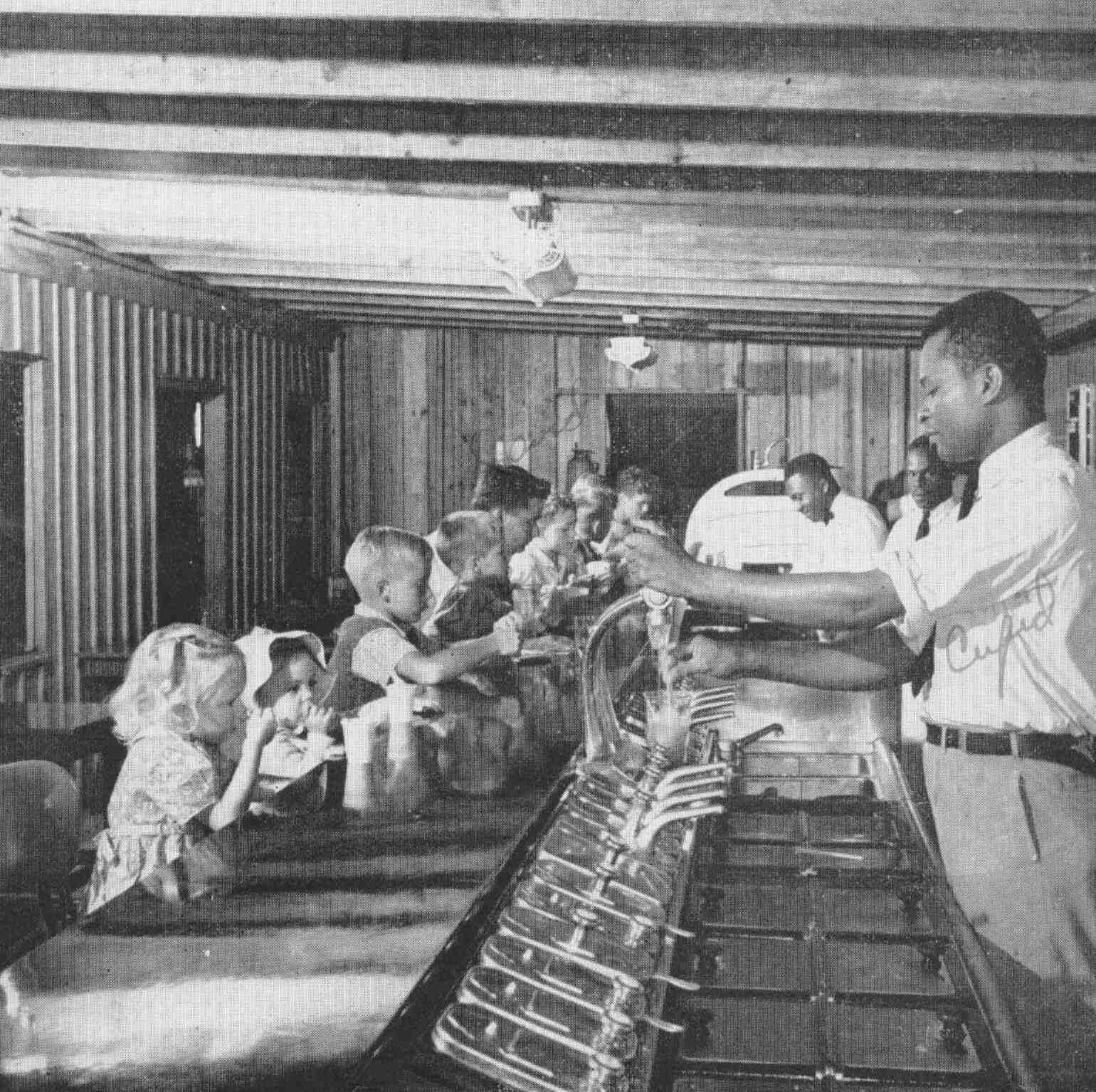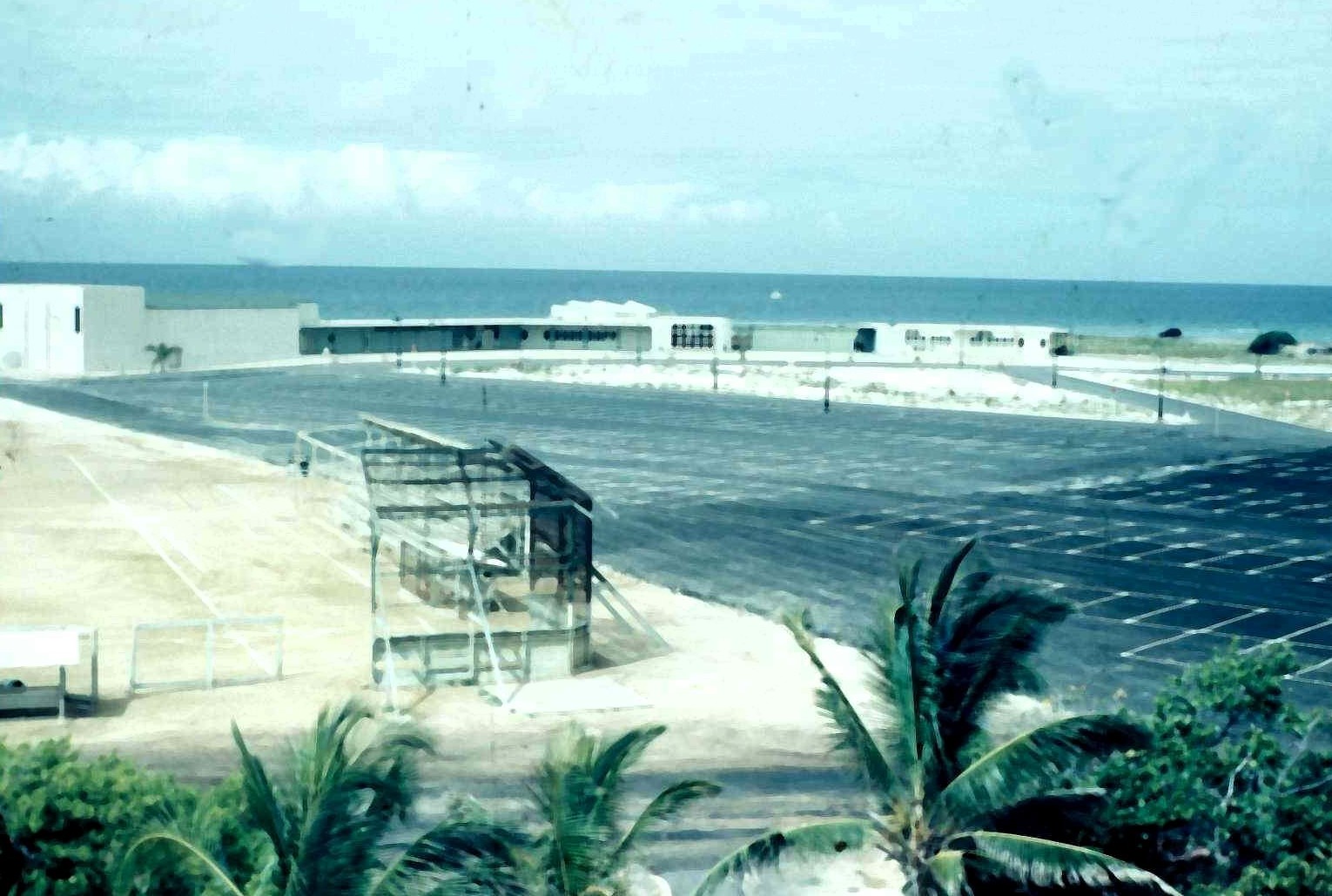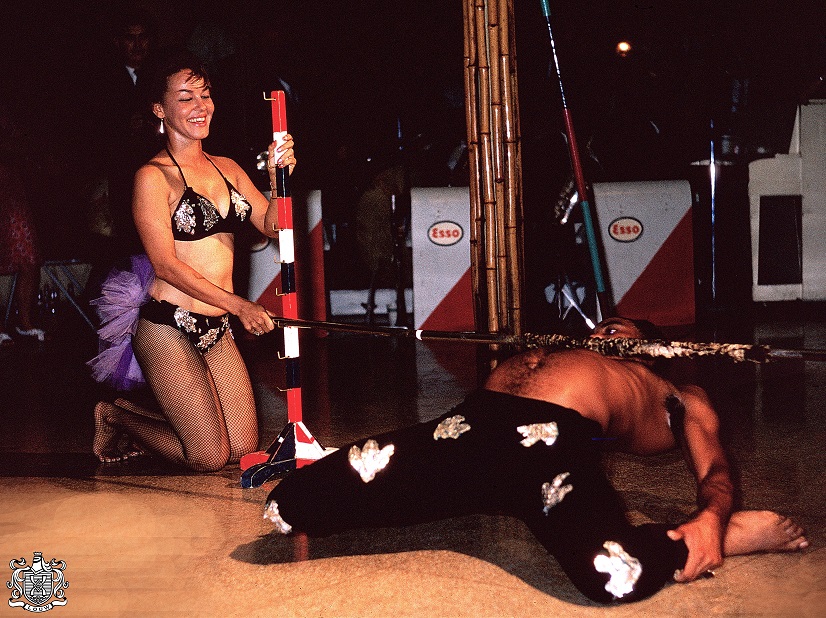| Location: | between Lago refinery and Seroe Colorado |
| Period built: | 1920s – 1960s |
| Monument status: | not protected |
| Category: | historical neighborhood |
Lago Colony * 1920s
Category: Other Districts
A neighborhood such as the Lago Colony may be considered a heritage area or a heritage asset. It may be recognized for its historical, architectural or cultural significance.
The hamlet of San Nicolas and its surroundings, where phosphate was still being mined and shipped in the early 1900s, was chosen in the 1920s as the site of an oil transshipment facility for Standard Oil of New Jersey (Esso) in the United States. However, even before this facility was completed, the decision was made to build a full-scale refinery. Adjacent to the Lago Refinery, a residential area was built for the company’s senior foreign employees, mostly from the United States. It was called the Lago Colony.
It was situated between the refinery and Seroe Colorado, the ‘colored’ hill, the easternmost point of Aruba. The Lago Colony grew into a complete, self-sufficient residential community, isolated from the rest of the island, with its own amenities, such as a hospital. Hundreds of children were born and raised there.
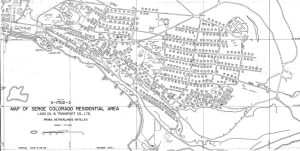
Experienced personnel were brought in from abroad for the Lago refinery. These were primarily from the United States, but there were also locally contracted Aruban and Dutch employees. Most of the employees came from the oil-rich South of the USA.
A residential development was constructed, with a bungalow for each family. A store (the well-known Commissary) and a dining hall were built for the employees. Most workers arrived without their families or as bachelors, and a separate building, the Bachelors’ Quarters, was built for them. For single women there was the Girls’ Dormitory. As soon as a bungalow became available for a married employee, his family could move in.
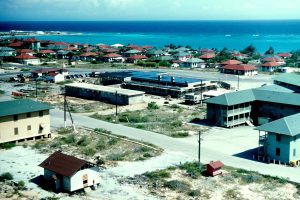
Lago Colony became a gated community, inaccessible to those who didn’t work or live there. It had everything: an elementary and a high school, a hospital, a (Protestant) church and a clubhouse: the Esso Club, with an open-air cinema, sports facilities with tennis courts, and of course, a baseball field: Lone Palm Stadium.
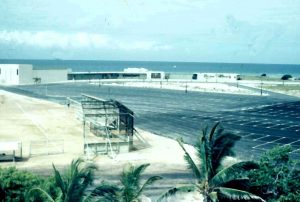
And all of this adjacent to two of the island’s most beautiful beaches, then known as The Little Lagoon (Baby Beach) and The Big Lagoon, now called Rodgers Beach. Just outside the Colony gates was a golf club with a clubhouse. Next to it was an airstrip, the De Vuyst Field, for the Flying Club, with hangars for the sports planes.
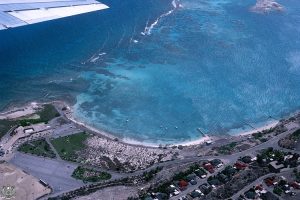
The oldest clubhouse, the Pan-Am Club, founded in 1929, burned down in 1942, after which a (temporary) larger Esso Club (with an open-air cinema) was built. It also housed a library, a Men’s Club, and a Soda Fountain for young people. This ‘Old Esso Club’ closed in the 1950s when the ‘New Esso Club’ was built.
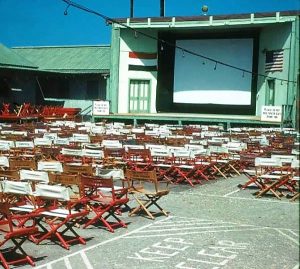
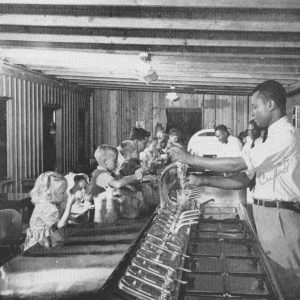
The houses at the Colony were all built on ‘oil pots’ filled with used oil to keep woodworm and other vermin out. The finest bungalows, occupied by the refinery management, were perched on top of the cliffs – they offered the best views of the lagoons and the sea.
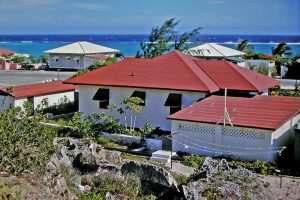
The largest house, with two stories, was that of the General Manager, L. G. Smith, the Casa Grande. Further back, everything was built: 650 houses in total, from the refinery gate to Seroe Colorado at the tip of the island and all the way to Lago Hospital, also beautifully situated on a hill. From there, there were views of the Colony and the oil tanks (the Tank Farm). Everything was completely fenced off, with ruthless guards at the only entrance gate.
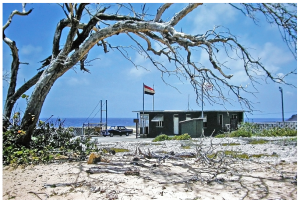
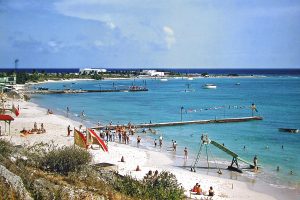
In later years, when automation reduced the need for personnel, most of the houses were demolished or moved in pieces by flatbed to other parts of the island to serve as housing.
When the oil refinery became unprofitable in the early 1980s, the parent company decided to close it. This happened in 1985, just before Aruba’s so-called ‘Status Aparte’ (Separate Status) was introduced. It was the start of a very difficult period for the island and its economy.
Things changed in the Lago Colony as well: the number of houses had already drastically decreased and several vacant homes had been bought by people from outside the community. The Lago Hospital was also closed and demolished. Seroe Colorado, as it became known, was reopened to the public: the guard post at the gate disappeared. The Esso Club remained standing and reopened as the Nanki Country Club.
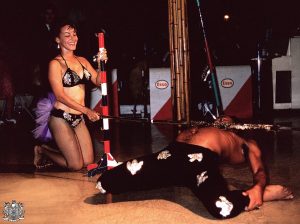
The Lago High School building was repurposed as a shelter for drug addicts. The only building that has remained in good condition for decades is the Seroe Colorado Community Church. Recent developments surrounding the former Colony include the construction of a resort behind/above Baby Beach and a boutique hotel on the site of the Esso Club.
Former residents of the Colony (Lagoites), most of them born and raised there, have regularly held reunions, either in the US or in Aruba.
Many of their memories, including photos, scans of documents and scrapbooks, can be found at www.lago-colony.com.
